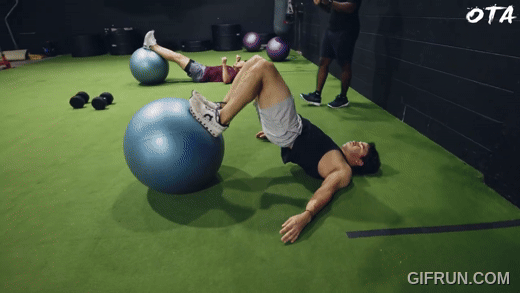Staying Strong All Season: The Importance of In-Season Strength and Conditioning for Baseball Players
Baseball is a sport that demands an incredible mix of strength, speed, power, and endurance. Players face unique challenges throughout the season, from long stretches of games to extensive travel and constant physical demands. While the off-season is often when players build their physical foundation, many fail to recognize how crucial it is to continue strength and conditioning training throughout the in-season. In fact, maintaining a training regimen during the season is key to a player’s health, performance, and overall success.
Here’s why baseball players must prioritize strength and conditioning during the season.
1. Injury Prevention
Baseball players perform a wide range of repetitive movements: throwing, hitting, sprinting, and fielding. With so many high-impact motions, players are at risk of overuse injuries, especially in areas like the shoulder, elbow, and lower body. This is particularly concerning in baseball, where a player’s physical endurance and ability to remain injury-free can determine their effectiveness over the course of a long season.
Consistent strength training helps mitigate these risks by ensuring the muscles, tendons, and ligaments are resilient enough to handle the repetitive stress placed on them. For example, shoulder stability is crucial for pitchers, while position players rely on strong legs to move quickly and explosively. Without regular training, muscles can weaken, joints may become unstable, and the chances of soft tissue injuries rise. In-season strength training, focused on maintaining and improving muscle function and joint health, minimizes the risk of injuries by reinforcing areas that are most vulnerable to repetitive stress. As a result, players are better equipped to handle the demands of the season while avoiding significant injuries that could sideline them for weeks or even months.
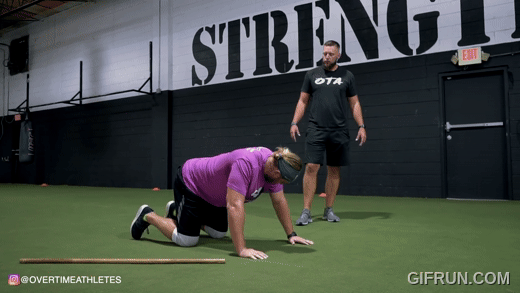
2. Preservation of Power and Explosiveness
Baseball requires a high level of explosive power, whether it’s hitting a fastball with authority, throwing a ball with velocity, or sprinting from home to first base. Power and explosiveness are some of the most crucial physical attributes for any baseball player, and without maintaining these qualities during the season, performance can suffer.
During the off-season, baseball players typically focus on strength-building exercises that enhance these capabilities. However, if they neglect to continue training throughout the season, there is a risk of a decline in these explosive abilities. In-season strength training helps players preserve and even improve their power and speed. By incorporating power-based exercises like medicine ball throws, explosive jumps, or resisted sprints, players can maintain their ability to generate force quickly, which is essential for activities like hitting, throwing, and running. Additionally, by continuing these types of exercises, players can improve their muscle recruitment, allowing them to perform at their best during the season.
Without regular in-season strength training, a player’s power and explosiveness can gradually decline as the season progresses, leading to a decrease in performance. Maintaining power and explosiveness ensures players stay sharp and effective at every level, from hitting the ball out of the park to making accurate, strong throws.
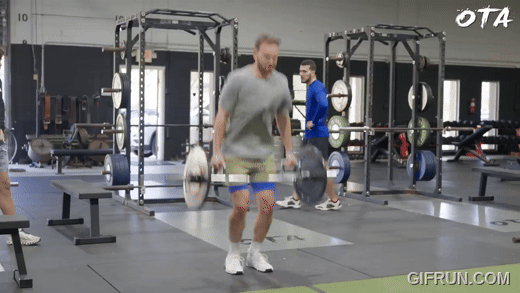
3. Fatigue Management
The physical demands of a baseball season are intense, with players often facing long stretches of games, extensive travel, and inconsistent sleep patterns. All of this can lead to physical fatigue, which may impact a player’s performance. For baseball players, fatigue management is just as important as performance itself.
Strength training during the season doesn’t just focus on building strength – it also helps with recovery and combating fatigue. Low-intensity strength training and mobility exercises can play a crucial role in reducing muscle tightness and soreness. In-season programs often focus on active recovery, including dynamic stretching, foam rolling, and exercises that improve blood flow and circulation. These recovery exercises help players bounce back quicker from the physical demands of the game, reducing the risk of burnout and keeping energy levels up.
Furthermore, incorporating conditioning exercises helps boost cardiovascular endurance, meaning players can perform at a high level for longer periods without tiring out. The combination of strength and conditioning during the season ensures that players have the energy to play every game at their peak, even during the grueling parts of the schedule.
4. Movement Quality
As the season wears on, players may begin to experience fatigue, which can lead to poor movement mechanics. Whether it’s improper throwing mechanics due to tired shoulders or inefficient sprinting form due to tight hamstrings, bad movement patterns can result in poor performance and, more seriously, injury. A breakdown in movement quality is often one of the most under-appreciated aspects of an in-season routine.
Continuing strength and conditioning training throughout the season ensures that players continue to work on their mobility, flexibility, and movement efficiency. Mobility drills, stretching, and exercises designed to maintain joint health are essential in preventing a decline in movement quality. For example, a pitcher’s throwing motion requires precise mechanics to avoid injury and ensure accuracy. Without proper flexibility and strength training to support this motion, a pitcher’s performance and health can suffer. Likewise, position players rely on strong, flexible lower bodies for efficient running and fielding. Strength training that targets these movement patterns helps maintain proper mechanics even as the season wears on, reducing the risk of performance slumps or injury.
Additionally, focusing on movement quality also addresses areas of weakness that might not be apparent early in the season. The wear and tear on a player’s body over time can exacerbate small imbalances in movement that lead to bigger problems if left unaddressed. By continuing strength training, these imbalances are corrected, ensuring that a player’s mechanics remain sound.
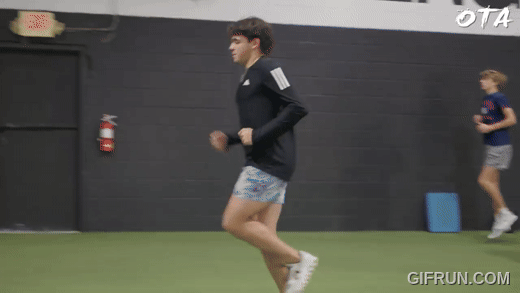
5. Mental Toughness and Maintenance of Gains
In-season training is not only beneficial for the body but also for the mind. A long baseball season can be mentally and emotionally taxing, with players facing ups and downs, pressure to perform, and the challenge of maintaining focus through fatigue. Strength and conditioning training helps players stay disciplined and focused on their physical and mental goals.
Having a routine, even during the season, provides a sense of structure that helps players stay mentally tough and grounded. Training serves as an outlet for players to relieve stress, detach from the grind of the season, and refocus their energy. It also reinforces a sense of achievement as players continue to work toward their fitness goals, boosting their confidence and motivation.
In terms of physical fitness, maintaining a training schedule allows players to hold onto the gains they made in the off-season. Without continued strength training, players risk losing the fitness improvements they worked so hard to achieve. By committing to in-season training, players ensure that they don’t lose strength, power, or conditioning, which can help prevent physical decline throughout the season.
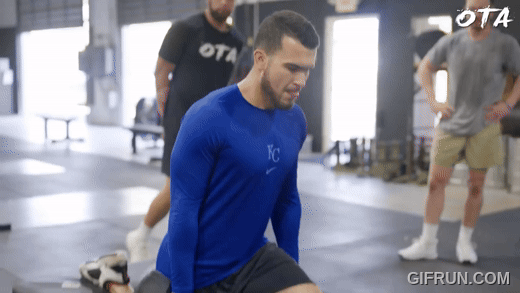
Conclusion
In-season strength and conditioning are essential for baseball players to maintain their physical health, power, and performance throughout the long and demanding season. Through injury prevention, power and explosiveness preservation, fatigue management, movement quality, and maintaining mental and physical gains, in-season training is crucial for a player’s sustained success.
By staying committed to strength and conditioning during the season, players not only reduce the risk of injuries but also ensure they stay at their best throughout every game, no matter how demanding the schedule becomes. So, for baseball players looking to stay at the top of their game and avoid unnecessary setbacks, continuing strength and conditioning training in-season is a must!

